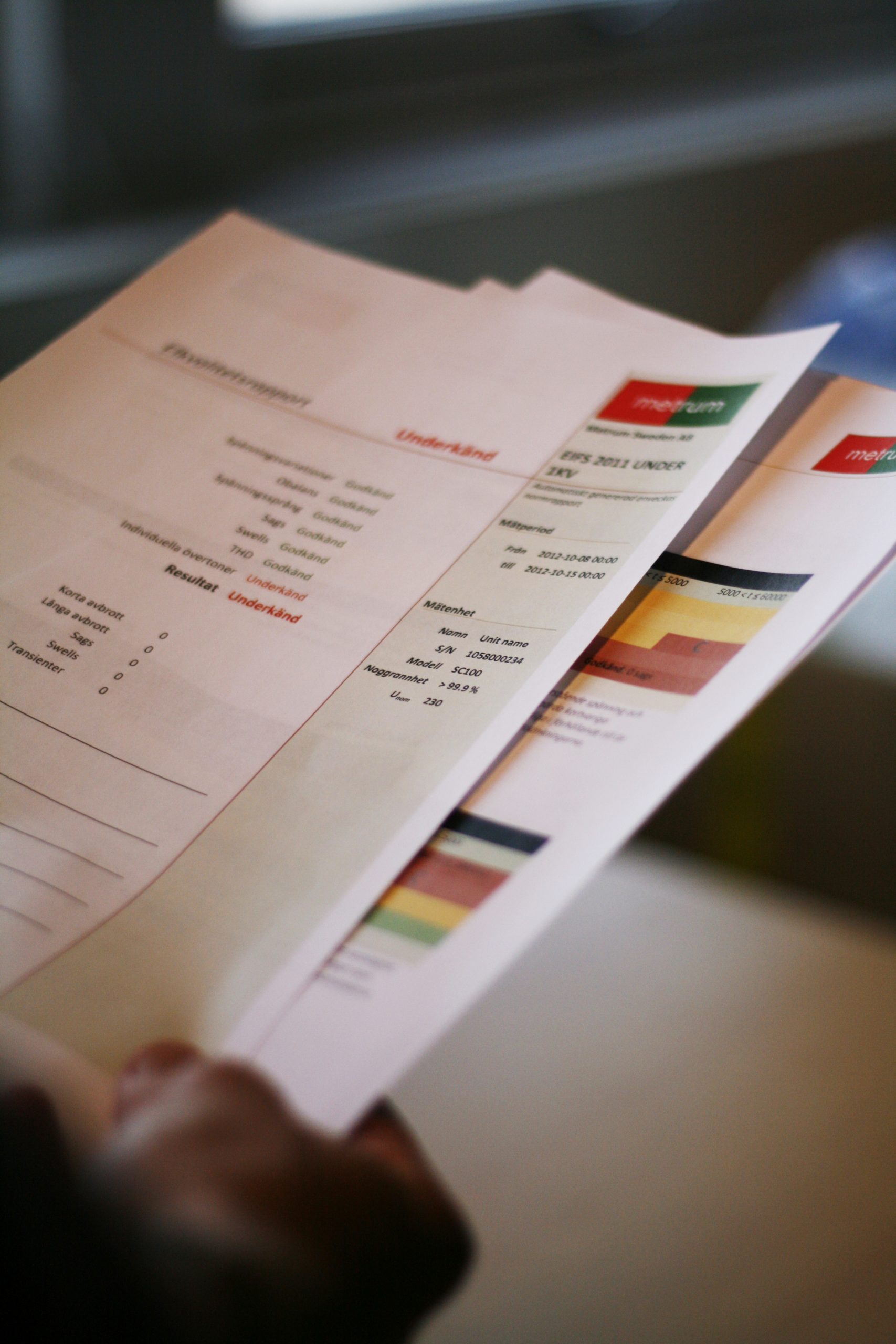Why measure energy and power quality?
Electrical energy is a traded commodity that is becoming more important every day; there is increasing demand for continuous access to power (supply quality) and disturbance free power (power quality). Today’s power environments cover renewable energy production as well as continuously increasing electrical demand within the home and industrial sectors. This increases the requirement for continuous and reliable monitoring of the power consumed. Each disturbance that occurs reduces the quality of delivery and power and thereby gives an increased cost.
Energy optimization covers both checks of energy volume as well as a connection to energy losses and their cause. Supplementing energy measurement with power quality measurement gives the information to display the cause of energy losses. Then a decision for the most cost efficient action can be made.
Measuring energy and power quality gives you the foundation to optimize your power and transmission network and make cost savings!

What is covered by the term power quality?
Power quality is a description of a power supply that is free of disturbance. Today, the greater part of all electrical equipment is built up of electronics that not only create disturbances on the power and transmission network but are also more sensitive to poorer power quality than traditional electrical apparatus.
Electrical disturbances occur at everything from planned to unplanned events on the power and transmission network. Examples of causes of power quality problems are; connections in the power and transmission network, connection and disconnection of electrical loads, lightning strikes, disturbing electrical apparatus (switched power supplies, frequency inverters, low energy light bulbs etc.), weak power and transmission networks and variable power production (renewable power production, wind power etc.).

Measurable energy and power quality problems
- Voltage variations
- Voltage sags
- Voltage swells
- Transients
- Flicker
- Unbalance
- Harmonics
- Frequency
- Efficiency
The requirement for follow up and checking of power quality is increasing and a number of different national norms and regulations have been introduced to give guidance for what is to be considered good power quality.
Examples of norms and regulations for good power quality are EN 50 160, FoL (Norway) and EIFS 2013:1 (Swedish regulation).
All of Metrum’s measurement systems measure in accordance with applicable norms and the user therefore receives a prepared report document that describes any anomalies.
Measurement standard reference instrument (IEC 61000-4-30, Class A)
Measurement instruments for power quality cover a number of different measurement parameters and in order for the measurement to be reliable there must be a clear definition of how the measurement instrument measures and calculates these. For this reason there is a measurement standard (IEC 61000-4-30) that divides the measurement instruments into different classes (A/B), and class A means that the measurement instrument can be used as a reference instrument.
All Metrum’s measurement instruments can be used as reference instruments and fulfill class A in accordance with IEC 61000-4-30.
